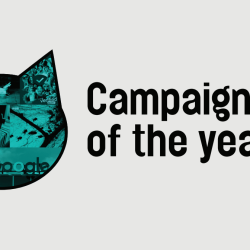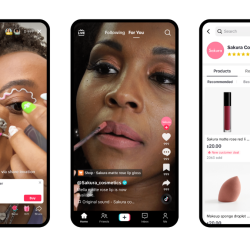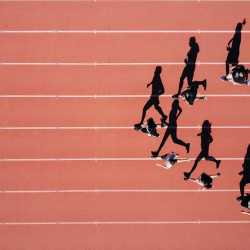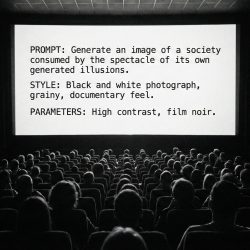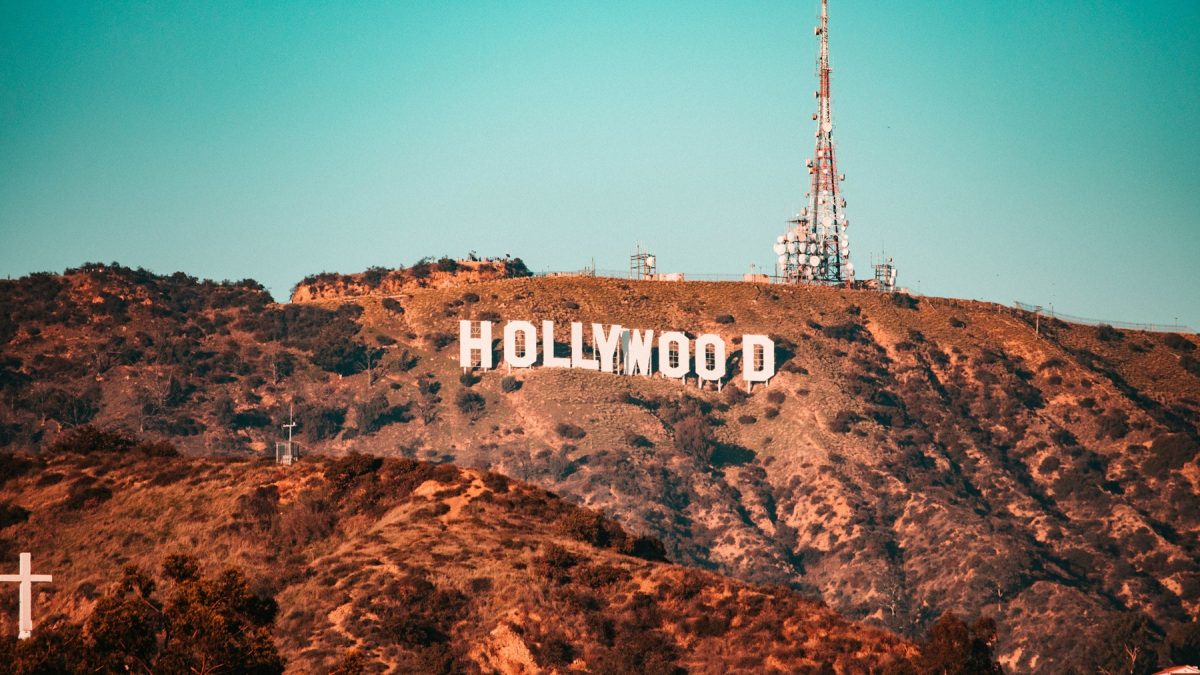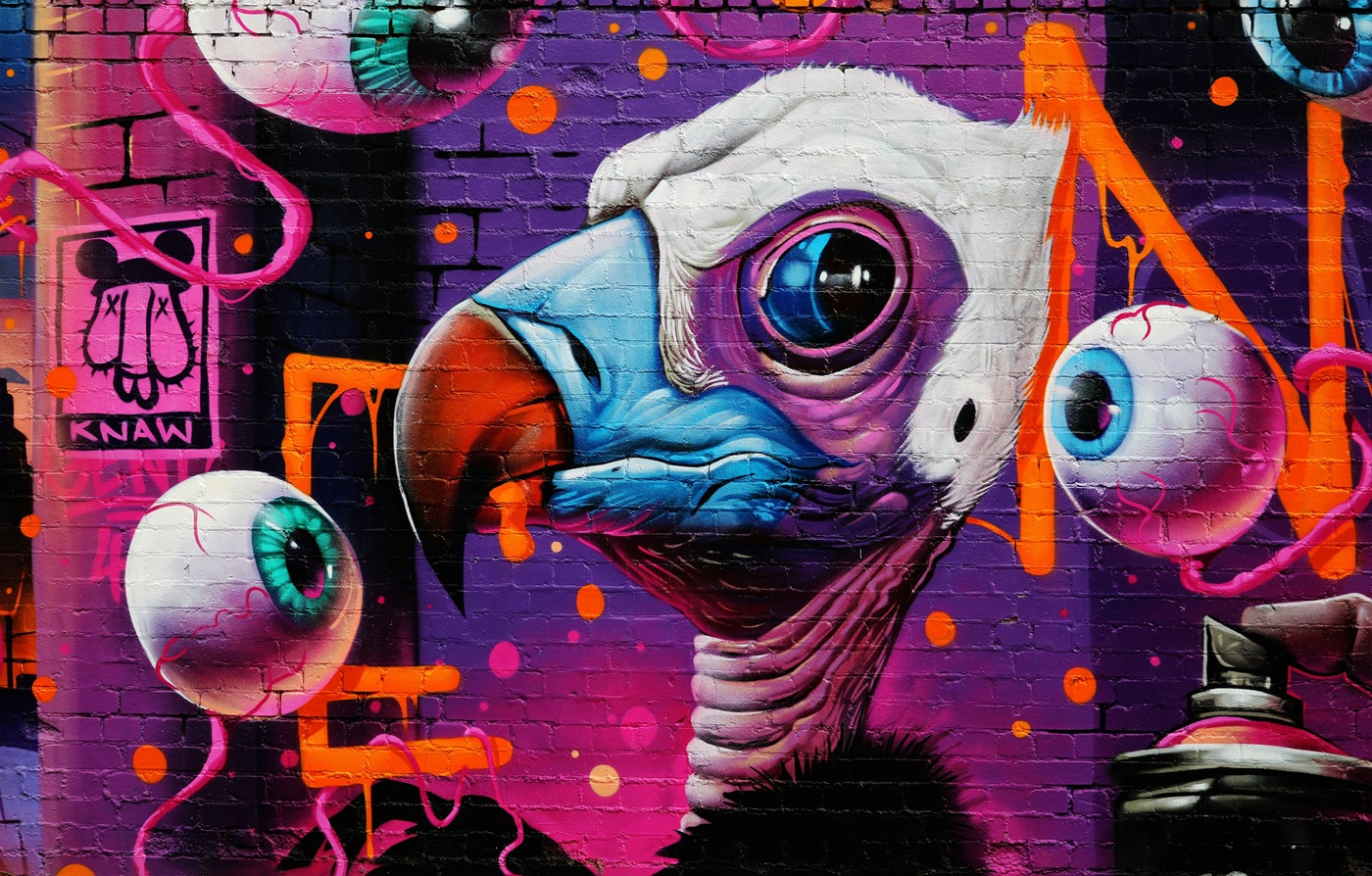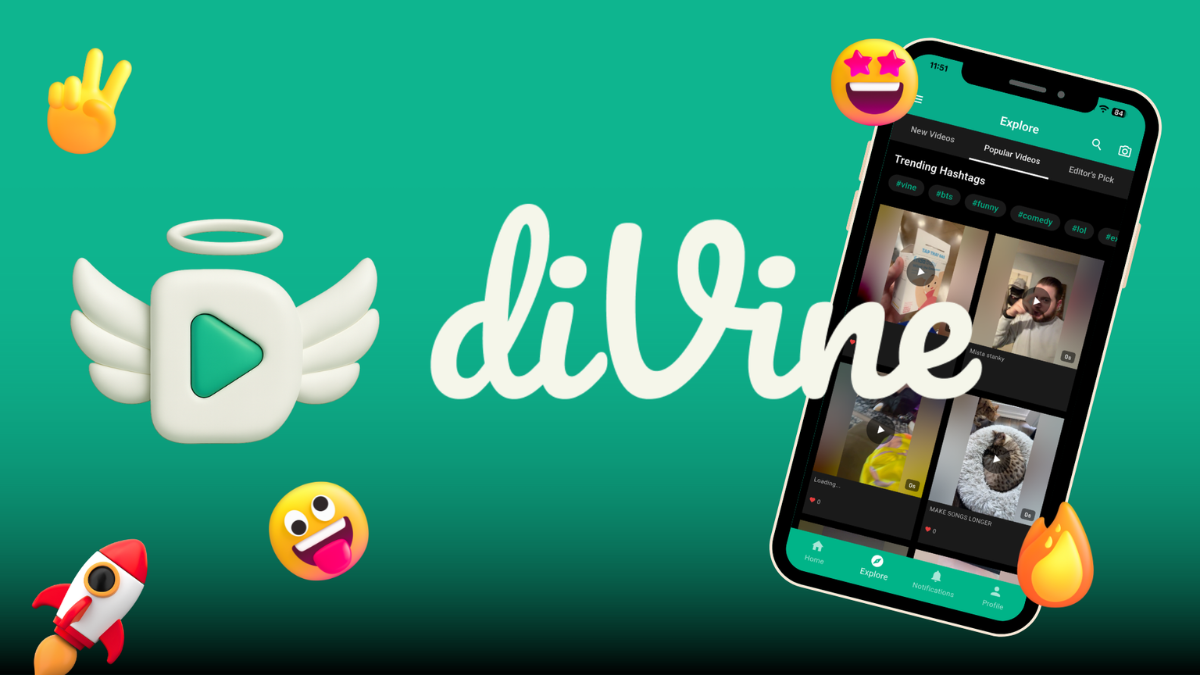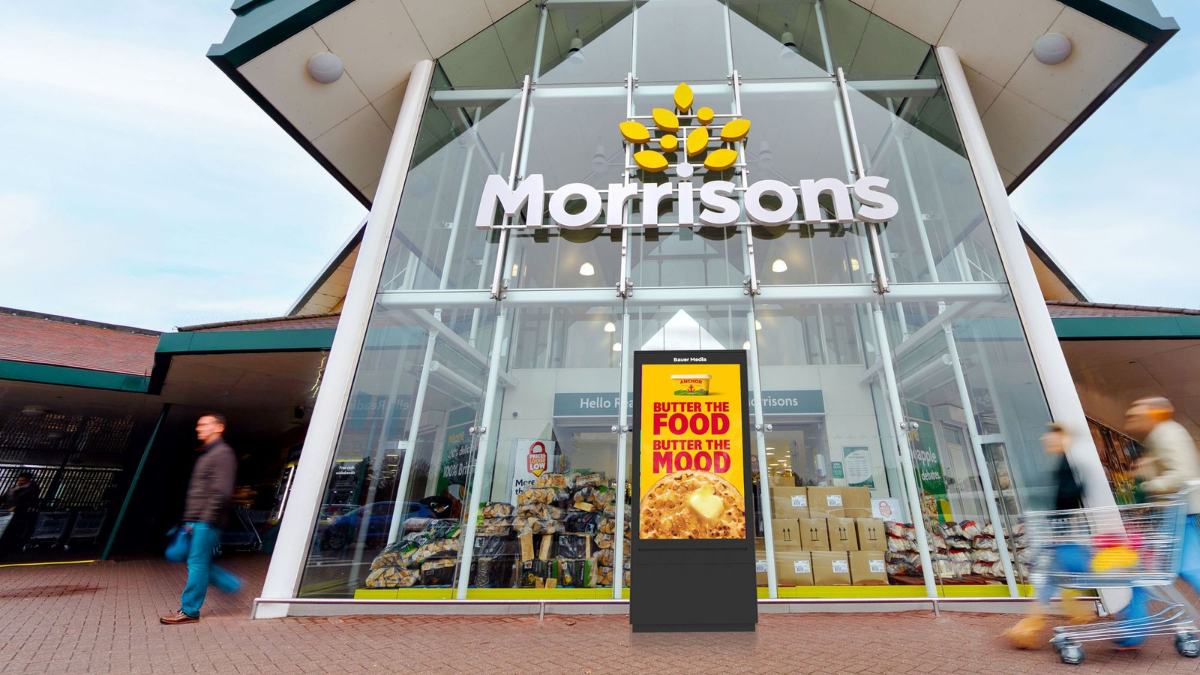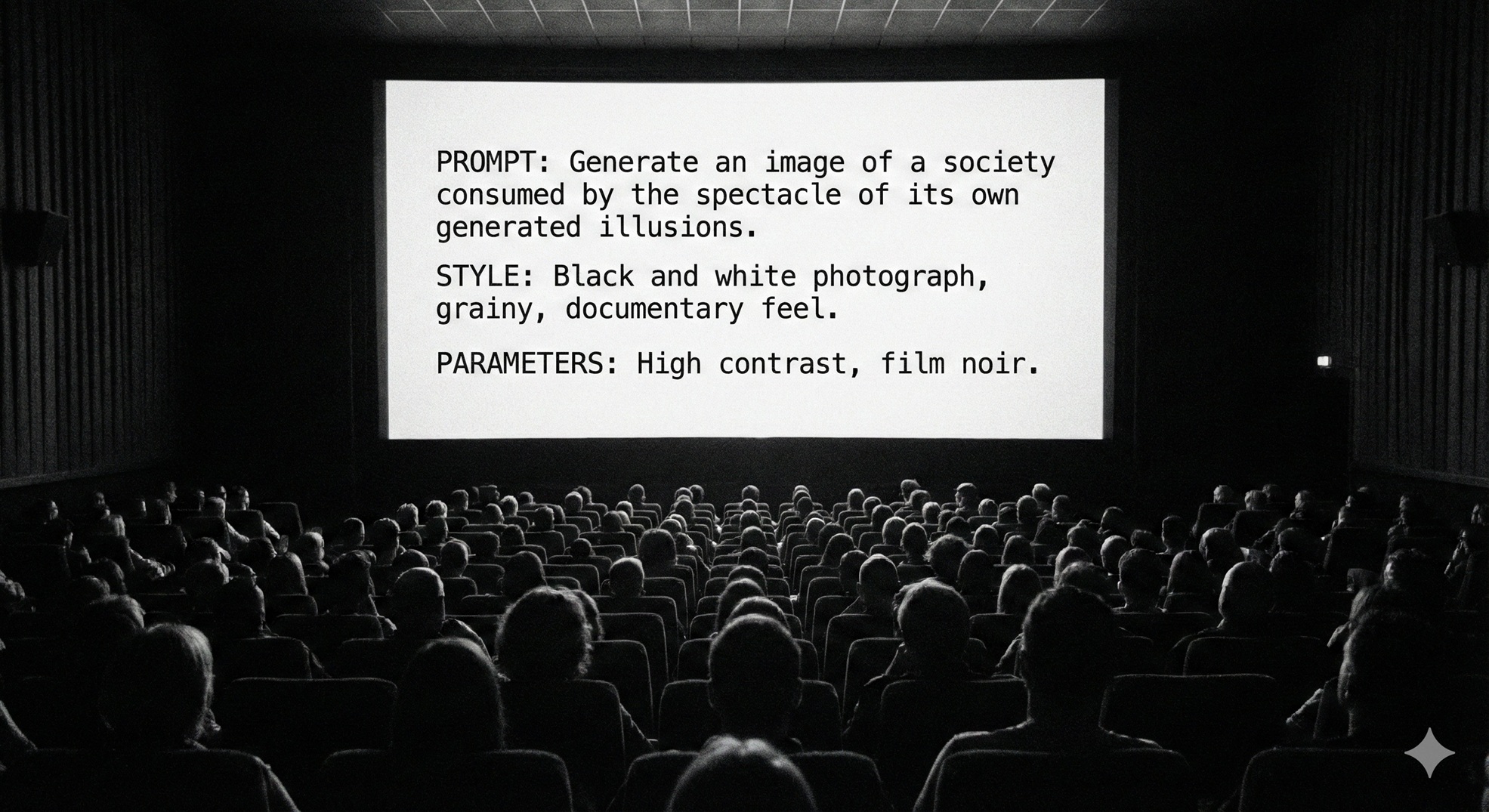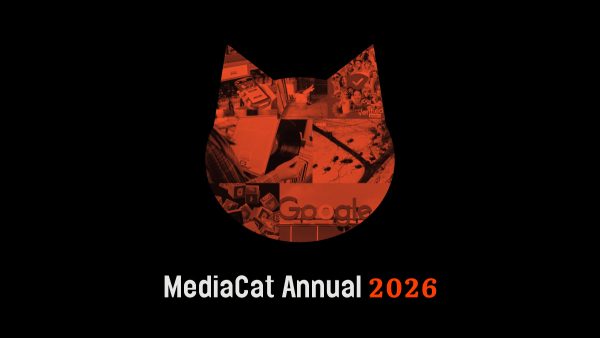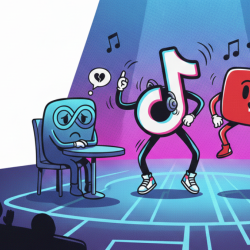Sheila Hozhabri is an executive director at MSQ’s cultural comms and PR agency, Smarts, where she handles influencer and talent relationships for brands.
For the past three years, she has managed the talent for Booking.com’s Super Bowl spot, working with Melissa McCarthy, Tina Fey and, this year, Muppets.
We asked Sheila about picking celebrities to front big-game commercials, the difficulties of finding stars with mass appeal, and the differences between ‘talent’ and ‘influencers’.
So, what’s the difference between ‘talent’ and an ‘influencer’?
It’s one of the things we’re actually working on defining at the moment. The line for me is where they make their money, or where they’ve traditionally made their money. If they’ve made their money through acting, music, comedy, etc, then I would consider them talent. If they’ve made their money primarily or become famous through creating content, then I would consider them content creators or influencers. It’s not a perfect definition, but that’s the top line for me.
How is acting in a show or making comedy different from ‘content’, though?
You’re selling tickets to a comedy tour, you’re appearing on a television programme… if people mainly consume your content on social media, and you have created it yourself, I would say that’s influencer content.
That’s not to say you can’t go from influencer to talent, though.
Once you sign with one of the big three agencies, at that point, I would consider you talent.
Does your job change depending on whether you’re working with an influencer or talent?
It doesn’t matter. We would always want to put forward the same service.
Sometimes with influencers, you might work with them directly, but with talent, you’re going to be dealing with agents and lawyers, and probably a larger team of people behind them. That’s really the bigger difference.
Are you responsible for selecting appropriate talent to represent a brand, or do you get involved and handle the process after the deal has been made?
It’s been a mix of both. With Booking.com, we’d receive the creative direction and then we’d go back and start to noodle away at names that fit the brief.
It’s pretty collaborative. Sometimes, it’s just about getting those first 10 names on paper and presenting them. That’s when everybody’s able to start brainstorming more.
Do you finish the idea before you approach the talent, or do you try to get them on board before you put too much effort in?
It becomes a bit of a chicken-and-egg situation, to be honest with you. Do we start with the creative or is it with the talent? Sometimes we just have to start throwing names out there, and then the creative team comes back and says, ‘we can make this work with this person’. But I would say, for the most part, the idea is pretty much there when we’re locking in who the talent will do.
What do you have to do when you’re arranging talent for a Super Bowl ad?
First, we want to make sure they do not have another Super Bowl ad. That is absolutely one of the most important things. There was a time when you might have seen the same person in a couple of ads, but not so much now.
The other thing — which is very specific Booking.com, probably — is that this isn’t just a Super Bowl commercial for the client. This is Booking.com’s annual campaign. That probably adds a little bit more pressure, and a few more higher level conversations, because we’re asking for a partnership, not just a one and done moment.
As you can imagine, there are pretty tight deadlines that need to be hit because the ad needs to be delivered by a certain point. So, we need to make sure that the talent’s available to shoot when we need them — and that in itself will start to narrow down the choices — and then we just get into the deliverables.
What are the timelines for all this?
There’s so many different factors, but usually, the name is locked in by October, and we manage to get [the ad] knocked out at the beginning of December.
Is it easier to secure talent for Super Bowl ads because it’s such a high-profile slot? Or is it a bigger ask for them to do it?
Some talent you might find you would never do a 12-month campaign or a regular commercial, but you’ll see them in a Super Bowl ad.
They’ve just dropped the teaser for the Dunkin Donuts spot and — please don’t quote me on this [editor’s note: sorry, Sheila] — I don’t believe [succession star and famously intense method actor] Jeremy Strong has ever done a commercial before. So yes, I think there is a moment around the Super Bowl that can draw talent in, for sure. Part of the interest sometimes might be the fact that it is just a Super Bowl moment. But for us and Booking.com, we’re looking for that 12-month campaign, so, it’s a different conversation.
Why does Booking.com change the talent it uses in its Super Bowl ad each year? Is that a strategic decision? Or a practical necessity?
It can be [a necessity]. A lot of talent don’t want to be locked in beyond [one year] because it takes them out of the category for other brands. But it’s a strategic move from Booking.com, too. It helps keep the focus on the brand a little bit more.
With the proliferation of media channels and content, is it harder to find talent that can lend mass appeal to a brand?
If you have a broad target audience it does make it more difficult to find one person that would fit the bill. Whereas, if you’re a brand targeting under 30s, you could probably go with an influencer and have a bigger impact.
A lot of the time, when we’re looking at talent, we’re not just looking at what they did this year, we’re looking at what they’re doing next year. Is there a project coming up that we anticipate is going to be big based on the other people in it, based on the buzz around it, or — if it was a book — the book sales.
Do you think the fragmenting media ecosystem explains why so many Super Bowl ads rely on nostalgia? Are they harking back to a pre-fragmented age?
I think we’re just in a time where, as millennials, we’re very much feeling like a specific time period is being brought back. And it feels nostalgic to us.
We can see very clearly that TV shows don’t have the same viewership as they did in the 90s and 2000s, but a lot of those shows have had a resurgence on Netflix, so it feels even more relevant to bring them back because now you’re able to hit both the people who saw it originally and the people who have discovered it again.
Main image: Vincentas Liskauskas on Unsplash

